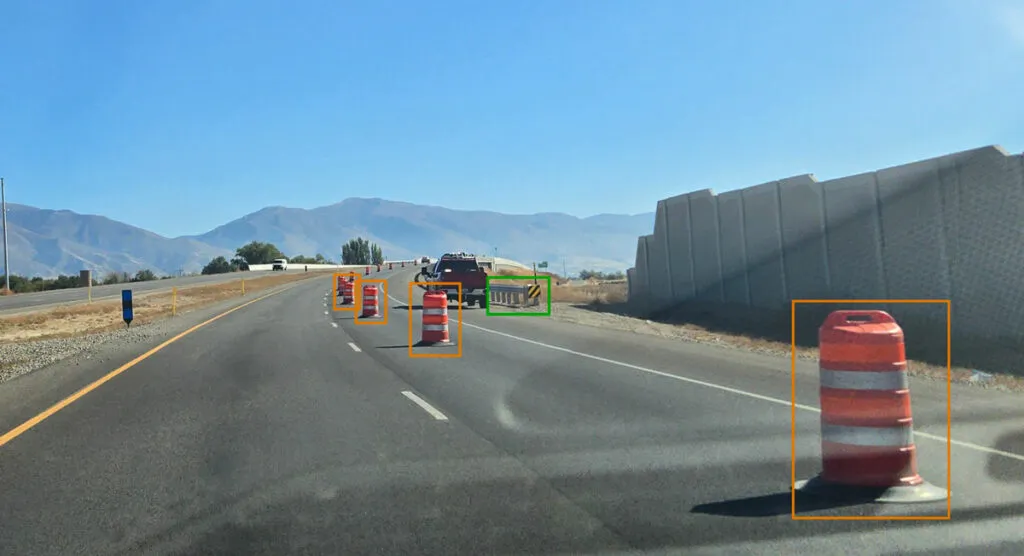According to new research from ABI, the number of subscribers to OnBoard Diagnostics (OBD) aftermarket telematics solutions is expected to increase from 9.5 million in 2014 to 117.8 million in 2019.
“OBD-dongle telematics devices are gaining momentum in North America and Europe in segments such as UBI, fleet management, and consumer telematics. Their plug-and-play characteristics, low cost and flexibility for a range of applications including diagnostics and maintenance, location tracking and trip loggin
March 28, 2014
Read time: 2 mins
According to new research from ABI, the number of subscribers to OnBoard Diagnostics (OBD) aftermarket telematics solutions is expected to increase from 9.5 million in 2014 to 117.8 million in 2019.
“OBD-dongle telematics devices are gaining momentum in North America and Europe in segments such as UBI, fleet management, and consumer telematics. Their plug-and-play characteristics, low cost and flexibility for a range of applications including diagnostics and maintenance, location tracking and trip logging, driving behaviour monitoring, and even in-car Wi-Fi make them a great fit for aftermarket telematics players in a still largely underpenetrated market. Much of the marketing push is led by carriers such as813 Vodafone, 1984 Verizon, 1018 Sprint, and 1970 AT&T leveraging their online and retail channel power combined with their customer-facing support expertise while partnering with OBD device vendors and service providers such as Audiovox, 7207 Delphi, and CalAmp,” says VP and practice director Dominique Bonte.
North America and Europe are the leading regions because OBD vehicle ports are mandatory combined with the advanced state of their telematics markets. However, beyond the 2019 forecast horizon, the window of opportunity for OBD-dongles will gradually close as open factory-installed OEM telematics becomes more widespread.
OBD solutions will also face competition from aftermarket telematics solutions based on smartphones connecting directly to the vehicle OBD port via Bluetooth or Wi-Fi adapters. Even standalone smartphone applications are starting to be explored for applications such as UBI and driver behaviour monitoring of truck drivers leveraging the built-in GPS, accelerometer, and connectivity.
However, the main weakness of OBD solutions is their closed nature, both from a vehicle port perspective with car OEMs not exposing all vehicle data in a standard format and from a device perspective lacking open APIs preventing third party developers from creating a rich set of applications to extend functionality.
“OBD-dongle telematics devices are gaining momentum in North America and Europe in segments such as UBI, fleet management, and consumer telematics. Their plug-and-play characteristics, low cost and flexibility for a range of applications including diagnostics and maintenance, location tracking and trip logging, driving behaviour monitoring, and even in-car Wi-Fi make them a great fit for aftermarket telematics players in a still largely underpenetrated market. Much of the marketing push is led by carriers such as
North America and Europe are the leading regions because OBD vehicle ports are mandatory combined with the advanced state of their telematics markets. However, beyond the 2019 forecast horizon, the window of opportunity for OBD-dongles will gradually close as open factory-installed OEM telematics becomes more widespread.
OBD solutions will also face competition from aftermarket telematics solutions based on smartphones connecting directly to the vehicle OBD port via Bluetooth or Wi-Fi adapters. Even standalone smartphone applications are starting to be explored for applications such as UBI and driver behaviour monitoring of truck drivers leveraging the built-in GPS, accelerometer, and connectivity.
However, the main weakness of OBD solutions is their closed nature, both from a vehicle port perspective with car OEMs not exposing all vehicle data in a standard format and from a device perspective lacking open APIs preventing third party developers from creating a rich set of applications to extend functionality.







